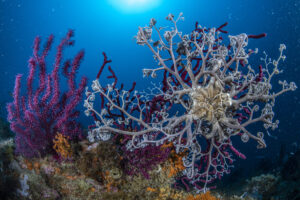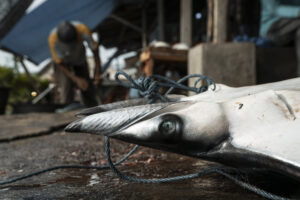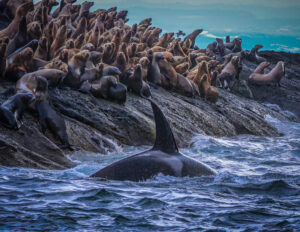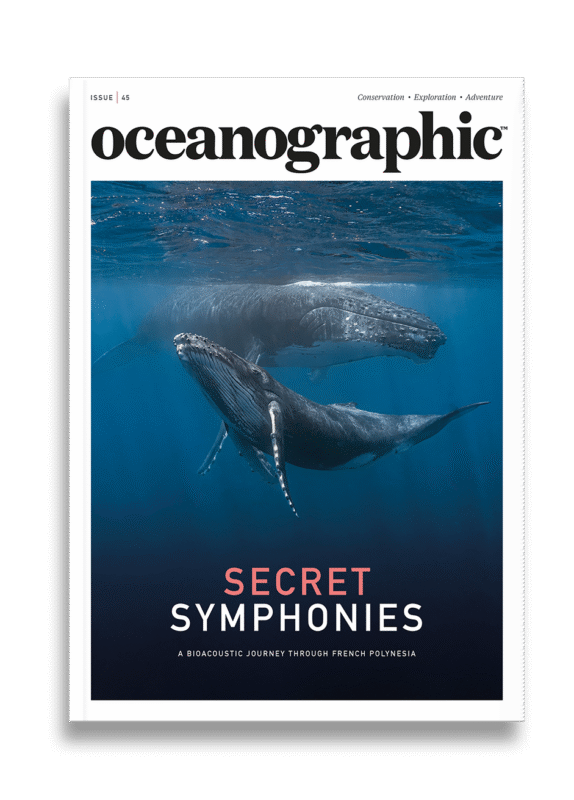How fragments of continents fuel volcanoes in the open ocean
New research, led by the University of Southampton, shows that continental material can be stripped from the base of continents and carried into the oceanic mantle - the vast, mostly solid layer beneath the seafloor that flows slowly over geological timescales.
In a discovery that reshapes our understanding of how Earth recycles its crust, scientists have revealed that fragments of continents are slowly peeled away from below and swept deep beneath the oceans – feeding volcanic activity for tens of millions of years.
The new research, led by the University of Southampton and published this week in Nature Geoscience, shows that continental material can be stripped from the base of continents and carried into the oceanic mantle – the vast, mostly solid layer beneath the seafloor that flows slowly over geological timescales.
Once embedded there, these continental scraps appear to fuel volcanoes far from any tectonic boundary.
“This discovery helps solve a long-standing geological puzzle,” said Professor Thomas Gernon, Earth scientist at the University of Southampton and the study’s lead author. “We’ve known that some ocean islands contain material that looks distinctly continental, but we didn’t understand how it got there—until now.”
A hidden source beneath the waves
Ocean islands like Christmas Island in the northeast Indian Ocean have long puzzled geologists. Their volcanic rocks contain ‘enriched’ chemical signatures typically found in continents, not ocean basins. Traditional explanations – such as the recycling of oceanic sediments through subduction or the rise of deep mantle plumes – have failed to account for these anomalies.
Using advanced geodynamic simulations, Gernon and his colleagues propose a new mechanism. When continents begin to rift and separate, deep tectonic forces generate a slow-moving “mantle wave” that ripples along the continental base, destabilising it. Over millions of years, this wave gradually peels off fragments from the continents’ deep roots, carrying them laterally – sometimes more than a thousand kilometres – into the surrounding oceanic mantle.
“The mantle keeps moving long after the continents themselves have split apart,” explained Professor Sascha Brune of the GFZ Helmholtz Centre for Geosciences in Potsdam, a co-author of the study. “It doesn’t just stop once a new ocean forms. These slow flows continue to transport enriched material far from where it originated.”
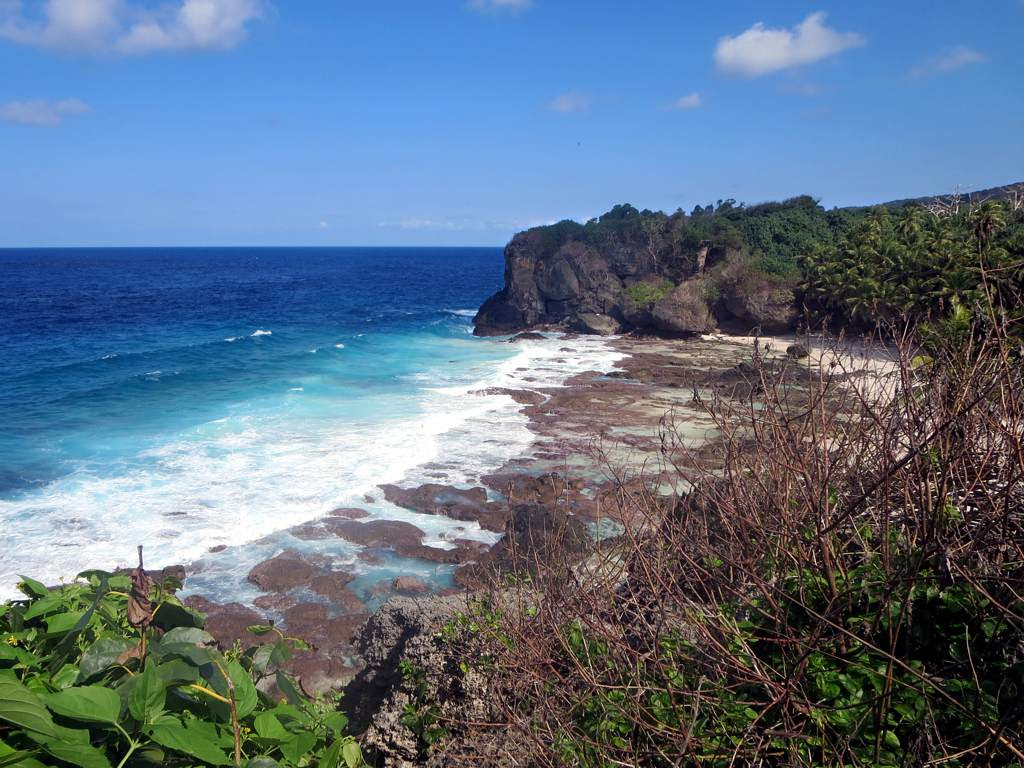
Traces of a supercontinent’s past
The team tested their model using geochemical data from the Indian Ocean Seamount Province, a vast volcanic chain formed after the breakup of the supercontinent Gondwana more than 100 million years ago. Their analysis revealed a burst of chemically enriched magma following Gondwana’s fragmentation – consistent with the arrival of continental material stripped from below.
Over time, the volcanic ‘signal’ faded as the supply of continental fragments dwindled. Notably, this process occurred without any evidence of deep mantle plumes, challenging long-held assumptions about the source of mid-ocean volcanic enrichment.
The findings suggest that Earth’s interior retains the fingerprints of ancient continental breakups long after the surface has reorganised. The research also extends earlier work by the Southampton team, which found that similar mantle waves beneath continents can trigger diamond eruptions and reshape landscapes thousands of kilometres from tectonic boundaries.
“We’re not ruling out mantle plumes,” Gernon noted. “But this study reveals an entirely new mechanism that helps explain the complex chemical make-up of the oceanic mantle.
“Mantle waves can carry blobs of continental material deep beneath the oceans – leaving a signature that persists long after the continents have moved on.”


"*" indicates required fields
Printed editions
Current issue
Back issues

Back Issues
Issue 43 Sir David Attenborough’s ‘Ocean’

Back Issues
Issue 41 Holdfast to the canopy
Enjoy so much more from Oceanographic Magazine by becoming a subscriber.
A range of subscription options are available.

